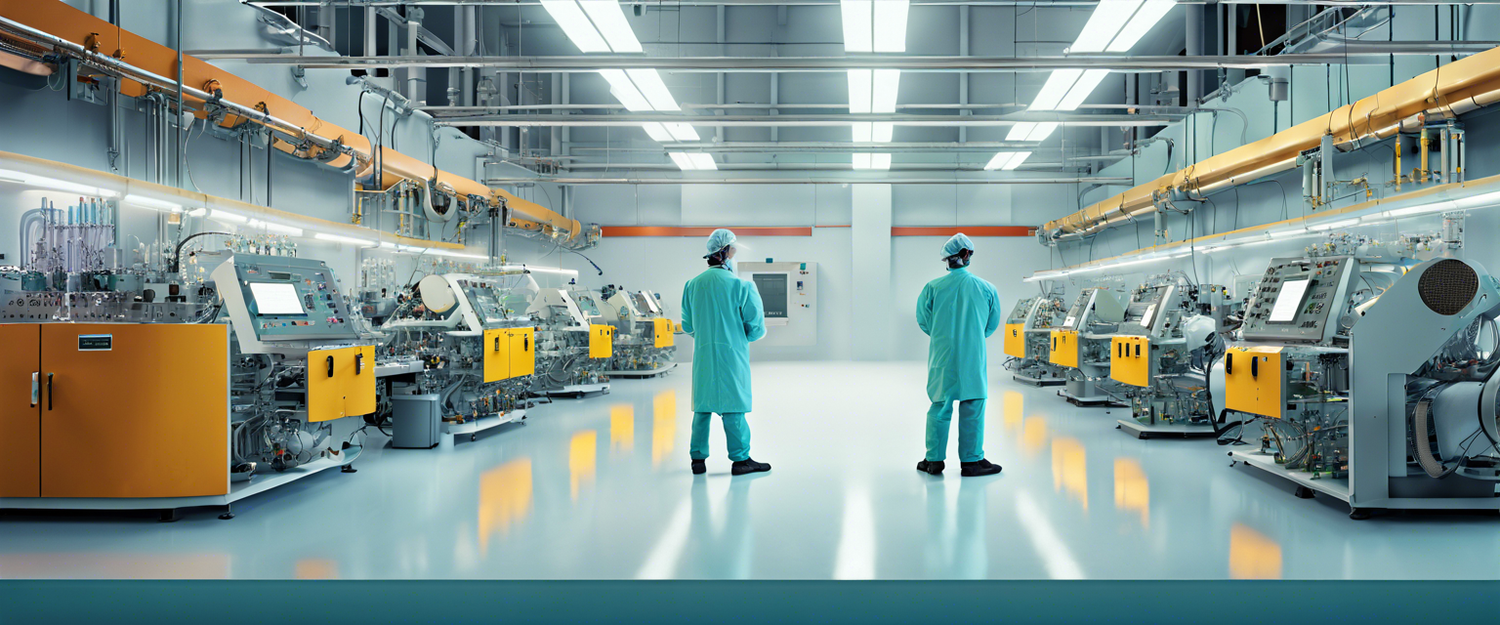Concerns Over the Safety of New Semiconductor Factories in the US
The Biden administration's substantial investment in the next generation of computer chip factories has raised significant concerns regarding health and safety risks related to these new facilities. Advocates are demanding more thorough environmental reviews to ensure that potential hazards are addressed effectively.
Transparency and Environmental Risks
A coalition of labor unions and environmental organizations, including the Sierra Club, has expressed concerns over the lack of transparency regarding the types of toxic substances that factory workers may be exposed to. They argue that the plans to prevent hazardous waste, such as forever chemicals, from contaminating the environment remain vague.
Draft Environmental Assessments Criticized
The coalition submitted comments to the Department of Commerce criticizing draft environmental assessments for several projects in Arizona and Idaho. They highlight the need for clearer safety measures to protect both workers and local communities.
Understanding the History of Semiconductor Manufacturing
Historically, the semiconductor industry has struggled with contamination issues, with many factories leaving behind toxic Superfund sites. Advocates for better oversight want to prevent missteps from the first generation of chip factories that significantly harmed local environments.
Government Funding and Environmental Regulations
The CHIPS and Science Act of 2022 allocated $52.7 billion for chip manufacturing, with federal funding requiring strict adherence to environmental regulations. The National Environmental Policy Act (NEPA) mandates federal agencies to assess potential environmental impacts before proceeding with major projects.
Current Developments in Environmental Assessments
As of now, the Department of Commerce has released draft environmental assessments for projects by Micron, Intel, and TSMC in Idaho and Arizona. These assessments generally minimize potential environmental effects but have been met with skepticism from advocacy groups.
Call for Improved Environmental Impact Statements
CHIPS Communities United, a coalition focused on holding semiconductor manufacturers accountable, is pushing for more detailed environmental impact statements that include clearer transparency on management practices to mitigate environmental risks.
The Challenges of Chemical Use in Chip Manufacturing
Chip manufacturers use various hazardous chemicals, and the industry often guards this information as trade secrets. With the growing concern over forever chemicals, advocates stress the importance of knowing the specific substances used in production and their implications for health.
Health Risks Associated with Forever Chemicals
Forever chemicals, primarily per- and polyfluoroalkyl substances (PFAS), pose significant health risks, including cancer and liver damage. As regulations around these substances develop, concerns persist about the management of these chemicals during manufacturing and waste disposal.
Community Involvement and Regulatory Action
For advocates, increasing community involvement is crucial in shaping the development of new chip factories. Implementing legally binding community benefits agreements could further protect residents in areas with new semiconductor manufacturing.
Impacts of Climate Change on Semiconductor Facilities
In addition to chemical concerns, the environmental impact of climate change remains a significant issue. There is ongoing debate about the water usage of these facilities, especially in drought-stricken areas like Arizona.
The Importance of Transparency and Public Oversight
Ultimately, the objective is to ensure that the people directly affected by these factories have the right to know what substances they may be exposed to. Advocacy for transparent operations can lead to more informed decisions for local infrastructure and community planning.
Conclusion
As the Biden administration moves forward with the expansion of semiconductor manufacturing in the US, the emphasis on environmental and health oversight will be crucial. Continued public engagement and rigorous assessments are necessary to safeguard both workers and surrounding communities.



Commenta
Nota che i commenti devono essere approvati prima di essere pubblicati.
Questo sito è protetto da hCaptcha e applica le Norme sulla privacy e i Termini di servizio di hCaptcha.